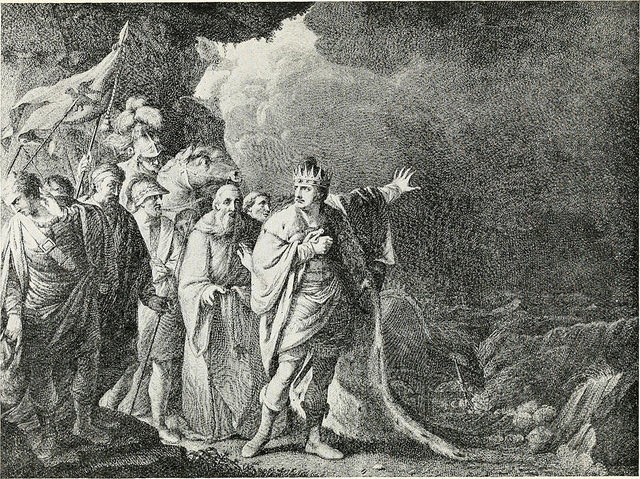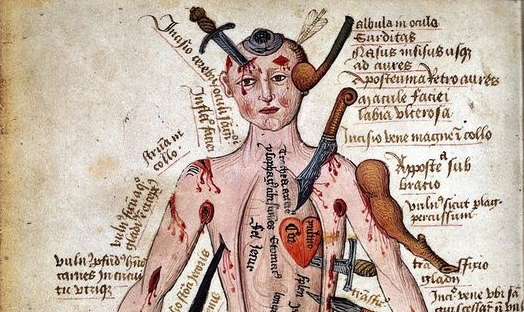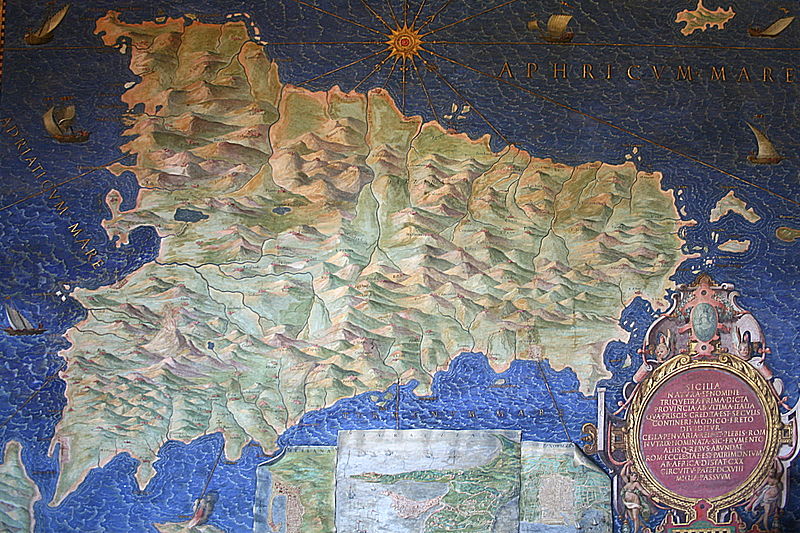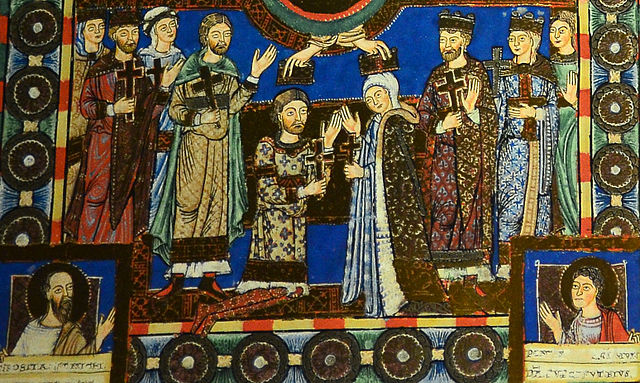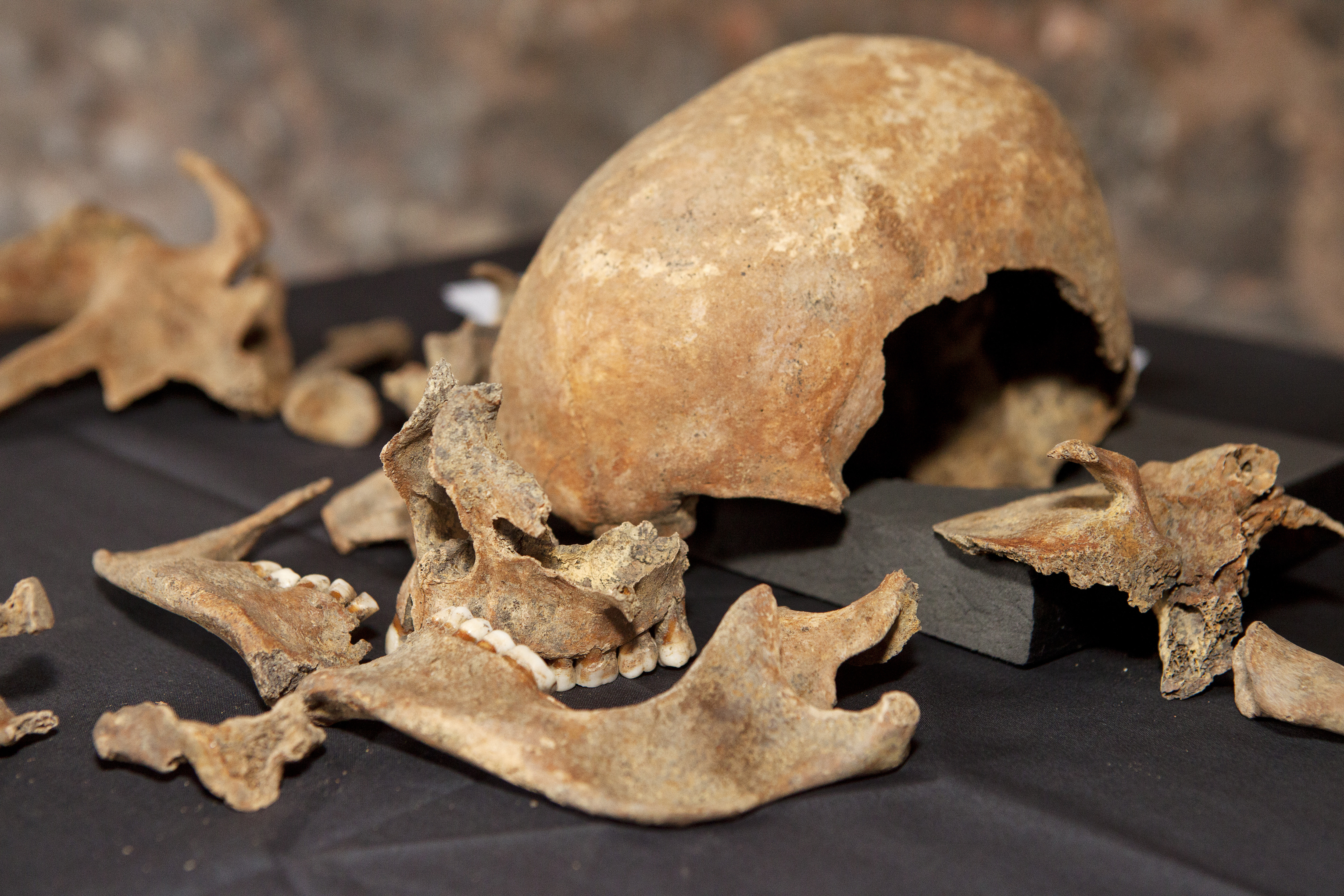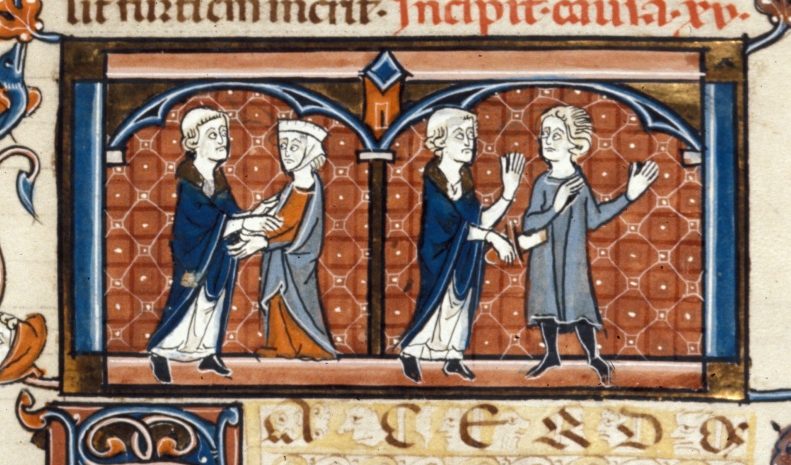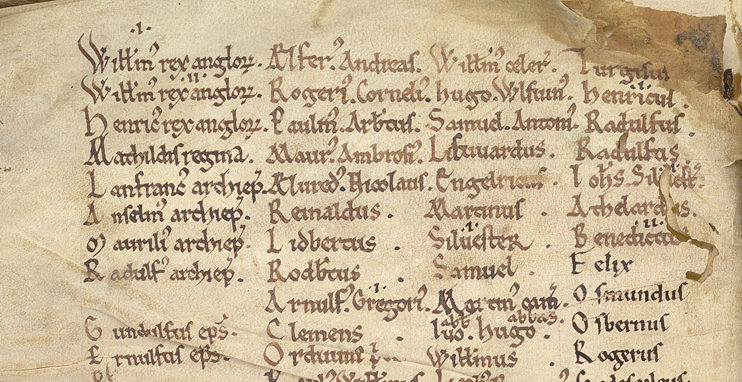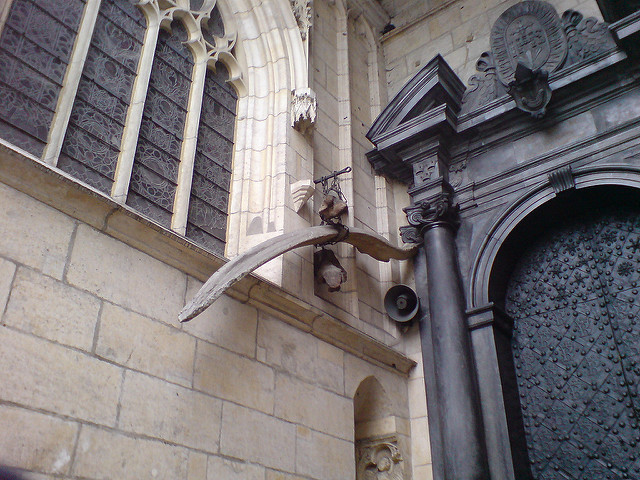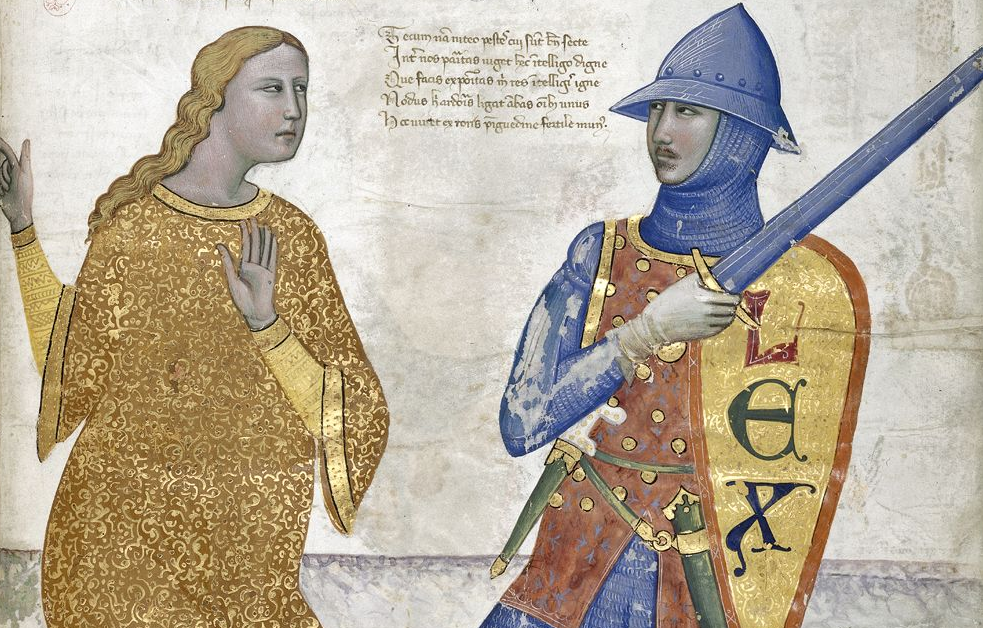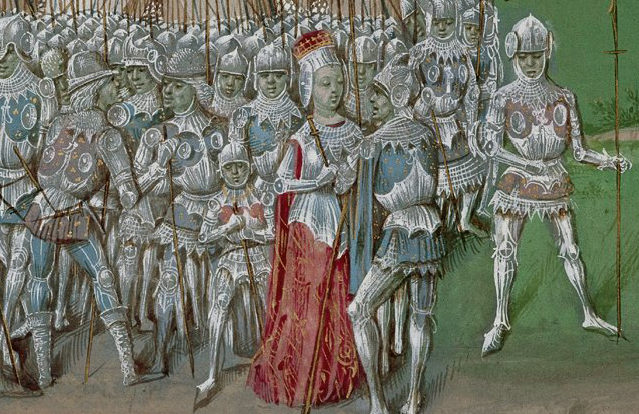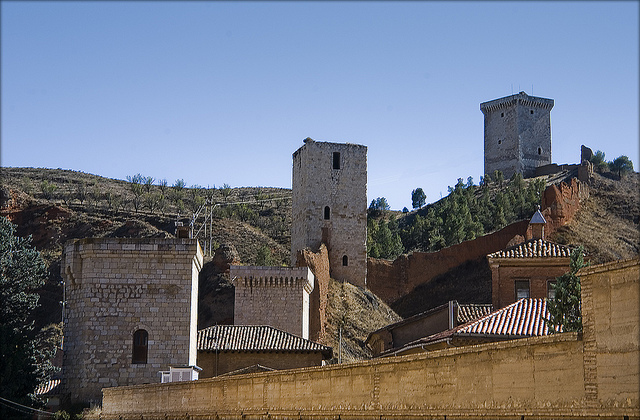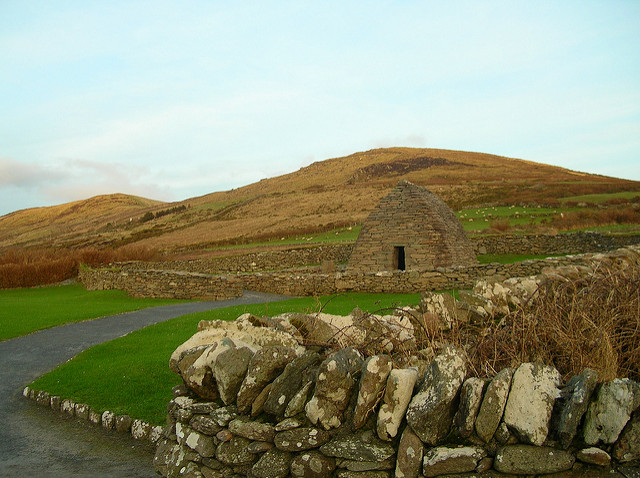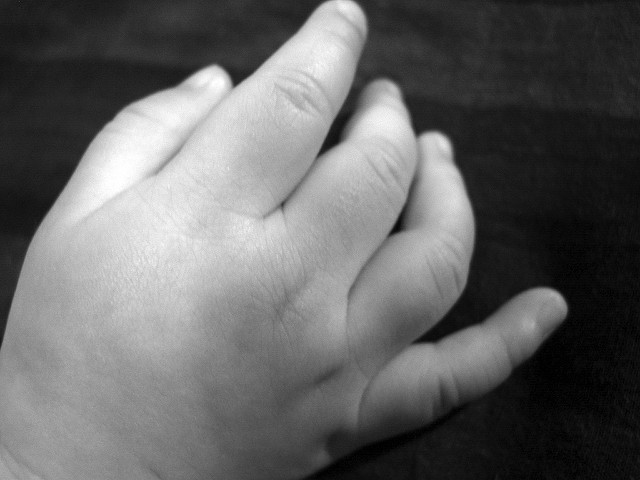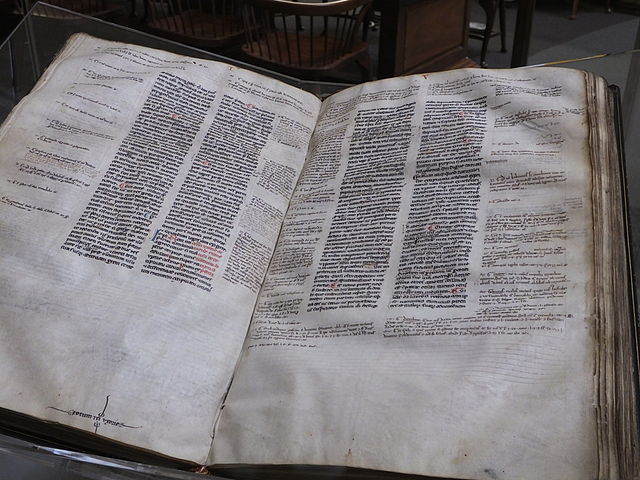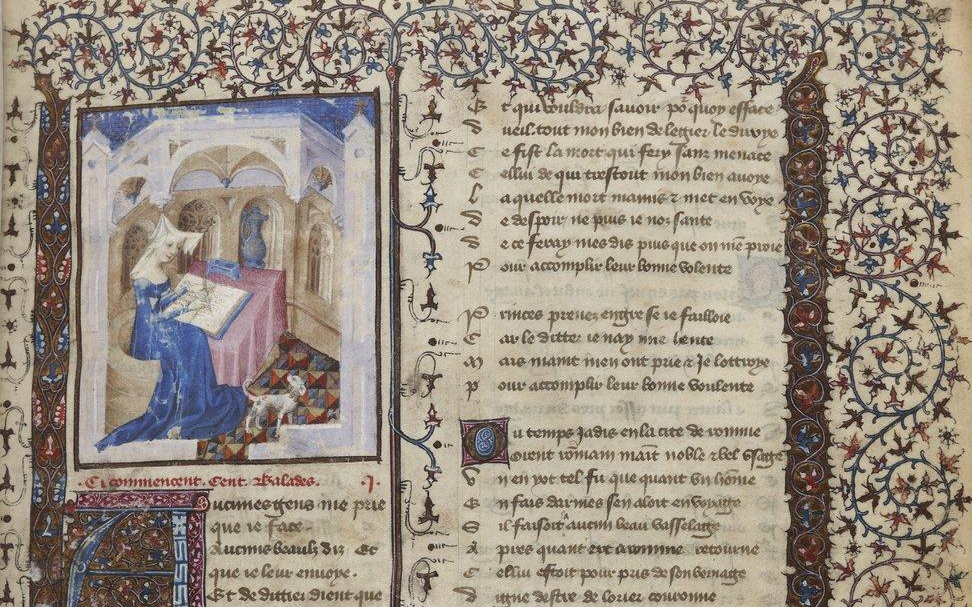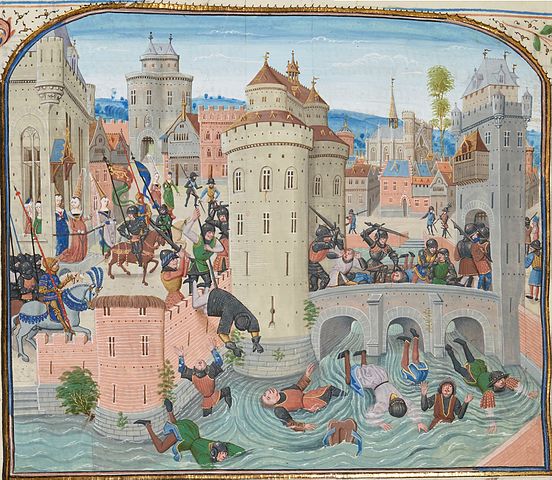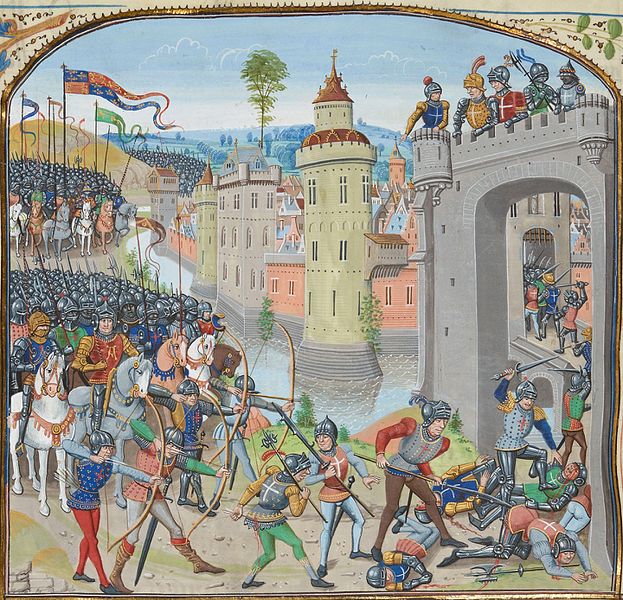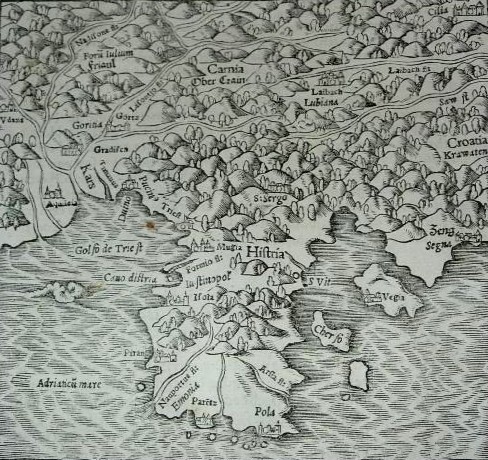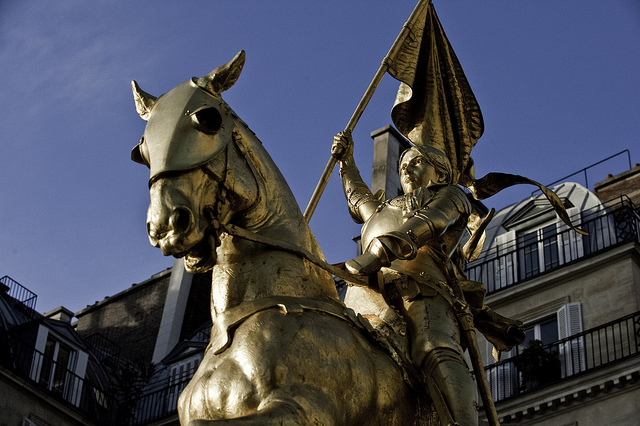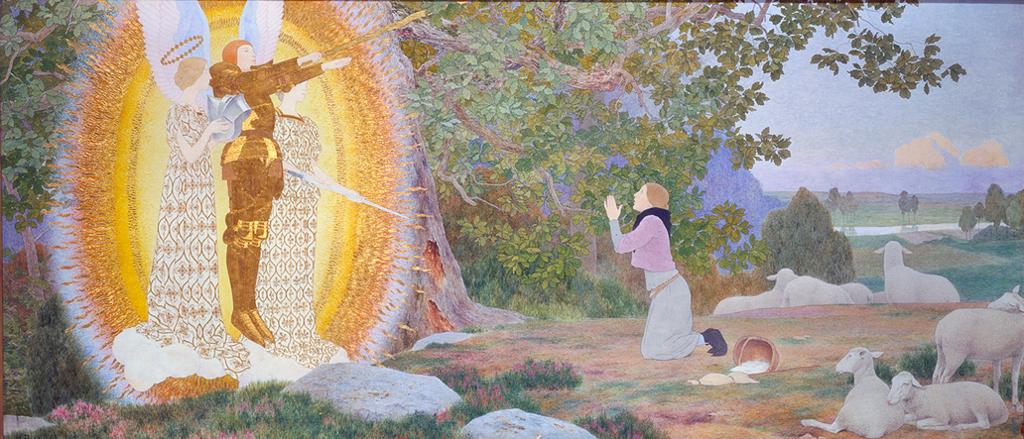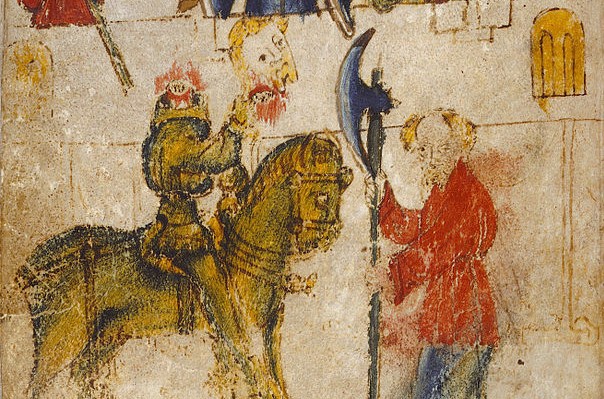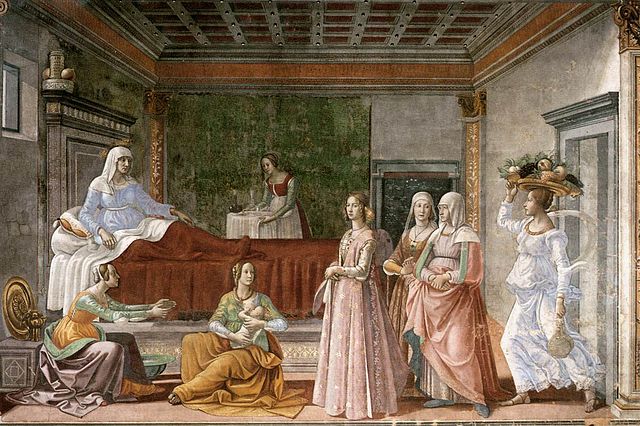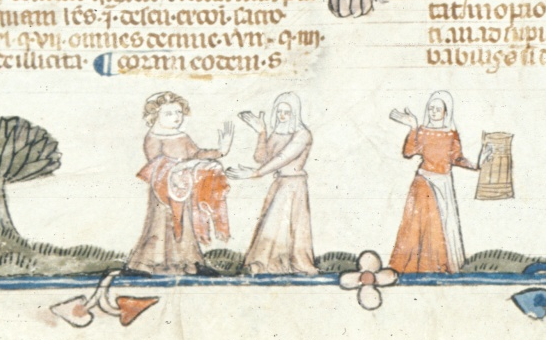The sex-selective impact of the Black Death and recurring plagues in the Southern Netherlands, 1349-1450
We present a newly compiled database of mortality information taken from mortmain records in Hainaut, Belgium, in the period 1349-1450, which not only is an important new source of information on medieval mortality, but also allows for sex-disaggregation.
Pilgrim and patron: Cnut in post-conquest historical writing
This article examines a number of short narratives from the late eleventh and early twelfth centuries which relate to the activities of Cnut as king of England.
Heads, shoulders, knees and toes: Injury and death in Anglo-Scottish combat, c.1296-c.1403
For all that has been written about this period, little, however, has been produced regarding the realities of war, the impact that it had on the individual soldier, or the wounds suffered by those who engaged in these conflicts.
The Evil That Kings Do: Kingship, Tyranny and William I in Hugo Falcandus
A study of the presentation of William I of Sicily in the work of the pseudo – Hugo Falcandus, with particular attention to the author’s views on the entirety of the Hauteville dynasty and kingship in Sicily through the lens of his reign.
The many faces of Duchess Matilda: matronage, motherhood and mediation in the twelfth century
In this book I argue that the varied visual and textual source material related to Matilda (1156-1189) provides an insight into her duties and responsibilities at her husband’s court.
Frail or hale: Skeletal frailty indices in Medieval London skeletons
The representative nonmonastic, or lay, community in Medieval London comprises samples from Guildhall Yard (1140–1350 CE), Spital Square (1200–1500 CE), St. Mary Graces (1350–1538 CE), and St. Benet Sherehog (1250–1666 CE).
Game on: medieval players and their texts
Medieval games, I argue, do not always fit neatly into traditional or modern theoretical game models, and modern blanket definitions of ‘game’—often stemming from the study of digital games—provide an anachronistic understanding of how medieval people imagined their games and game-worlds.
Policing Violence: Royal and Community Perspectives in Medieval France
It is the purpose of this thesis to demonstrate that there were legitimate and acceptable forms of violence that could be used to police society.
Naming Particulars: A Thirteenth-Century Debate on Whether Individuals Have Proper Names
This dissertation is about a debate that occurred in thirteenth-century philosophy over an apparently bizarre question: Can individuals really have proper names?
The dragon’s skull: how can zooarchaeologists contribute to our understanding of otherness in the Middle Ages?
This paper explores how the study of animal bones, and the material practices associated with responses to other species, can build on the foundations of existing scholarship on otherness, alterity and monstrosity.
Medieval and modern concepts of rights: how do they differ?
The concept of a right has not changed since the middle ages and neither have the kinds of justifications given for recognising rights.
The career of Roger Mortimer, first earl of March (c.1287-1330)
A straightforward analysis of his regime is accompanied by a demonstration that, even though the court dictated political life, Roger Mortimer was able to extend his influence across the British Isles and pose a serious threat to the kingship of Edward III.
Justice Served or Justice Subverted? Two Muslim Women Sue a Local Mudéjar Official in Thirteenth-Century Aragon
In 1300 two Muslim women sued a local aljama official in Daroca, claiming he had unlawfully evicted them from their houses, and physically mistreated them, all without due legal process.
Ireland in Late Antiquity: A Forgotten Frontier?
This paper argues that it is more fruitful to examine the relationship between Ireland and its neighbors from c. 150–c. 550 C.E., through a frontier dynamic, a dynamic in which religious identity was but one factor among many.
The Place of the Evil: Infant Abandonment in Old Norse Society
This study examines the issue by focusing on one aspect of it: the special case of exposing deformed infants as prescribed in Old Norse laws.
Justinian and the Senate of Rome under Ostrogothic Rule
Although this law deals with a dry, technical matter, interesting only to the students of Roman civil law, especially testamentary law, it is also quite interesting for the study of the law making procedure in the time of Justinian.
What is Medieval Paratext?
When considering medieval manuscripts, what is marginal, and what is not?
Cross-Border Representations of Revolt in the Later Middle Ages: France and England During the Hundred Years’ War (1337-1453)
Combing through more than eighty chronicles from the late fourteenth and early fifteenth century, we have only been able to find some fifteen examples of popular revolt in England and France being reported by authors from the other side of the channel.
Willing Body, Willing Mind: Non-Combatant Culpability According to English Combatant Writers, 1327–77
In this essay I challenge these notions by exploring English combatants’ presentation of devastation and attacks against noncombatants during the wars of Edward III.
Donationes pro remedio animae as Total Social Facts: A Case Study from the Twelfth Century Margraviate of Istria
The author analyzes the donation charter by which a noble couple, Ulrich II and his wife Adelaide, gifted numerous properties in Istria to the Church of Aquileia for the salvation of their souls (16th November, 1102).
How Legend Constructs French National Identity: Jeanne d’Arc
Since the fifteenth century, French authors have (re)told the story of Jeanne d’Arc.
Joan of Arc through the Ages: In Art and Imagination
Since her death at the hands of the English in 1431, Joan of Arc has inspired and puzzled millions.
Greening Gawain: connecting environmental damage and masculinity in Sir Gawain and the Green Knight
This paper explores medieval environmental attitudes through a historical reading of Sir Gawain and the Green Knight
What You Look At, You Make: Menstruation and Fertility in Italian Renaissance Art
This project seeks to better comprehend Renaissance Italian attitudes towards menstruation and its roles in art through fertility imagery.
Clothes Make the (Wo)Man: Interpreting Evidence of the Secondhand Clothing Trade in Late Medieval England
There is very little work done on the topic of secondhand clothing in the Middle Ages, but what has been done has revealed a new phenomenon that reshaped the social structure of medieval England.

